Good news! NASA Artemis 1 Mission to the Moon gets big boost; roll out TODAY
NASA Artemis 1 Mission just got a big shot in the arm. NASA is planning to launch its Moon rocket earlier than planned.
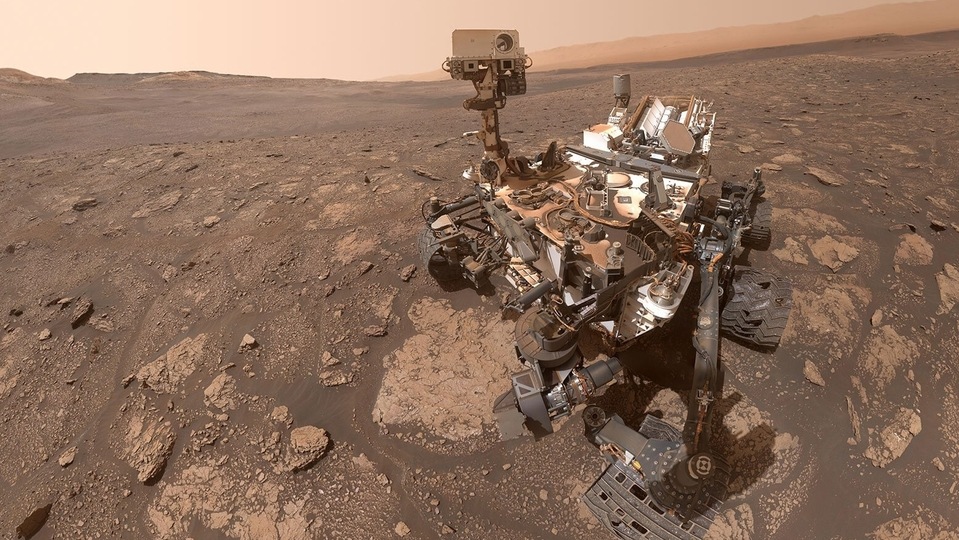
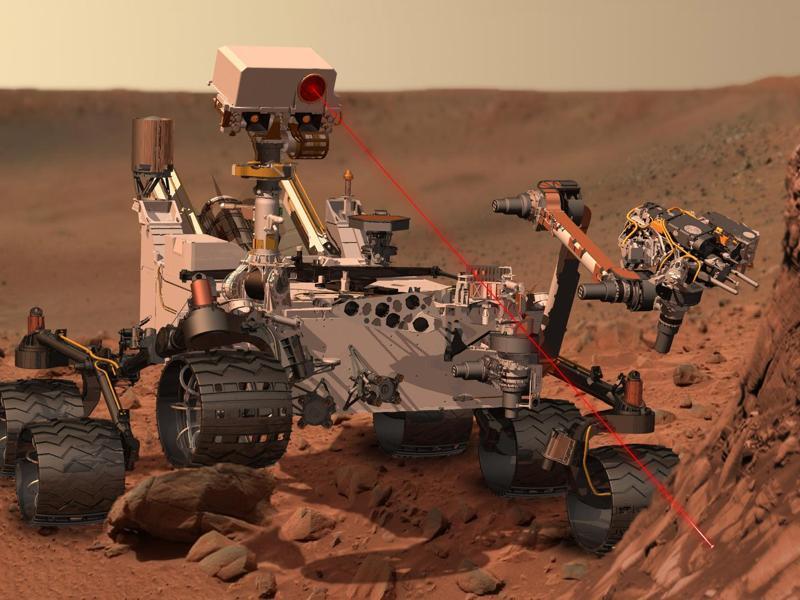
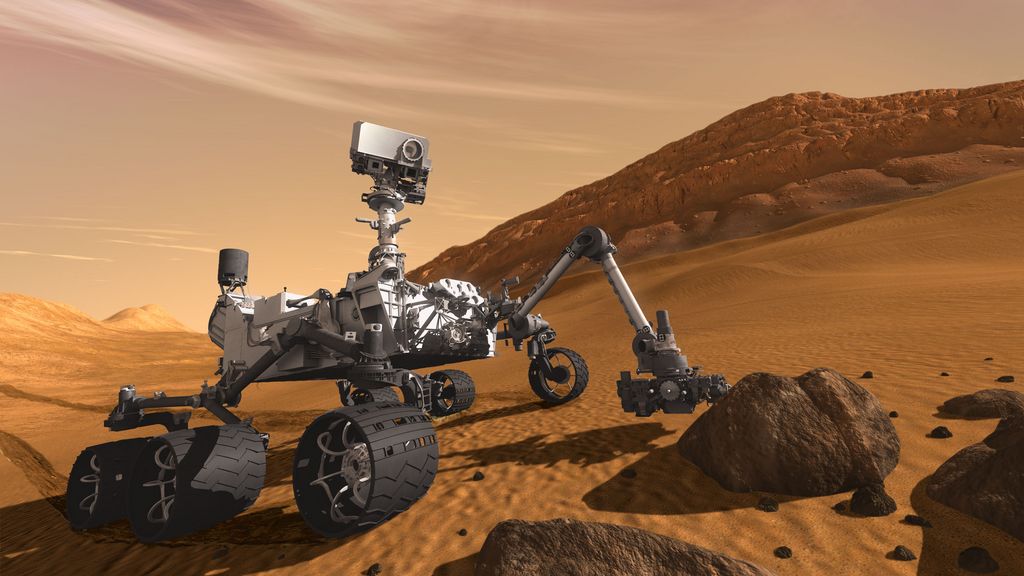
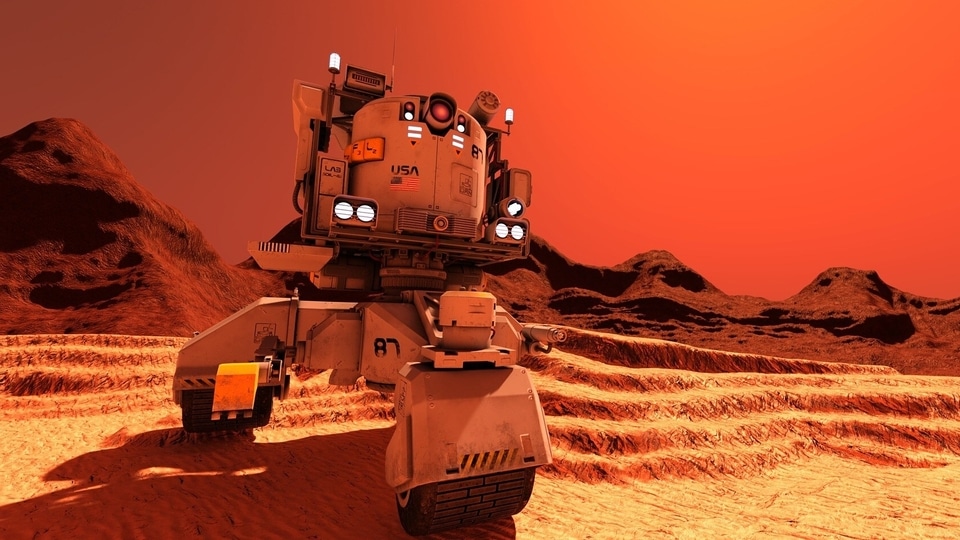
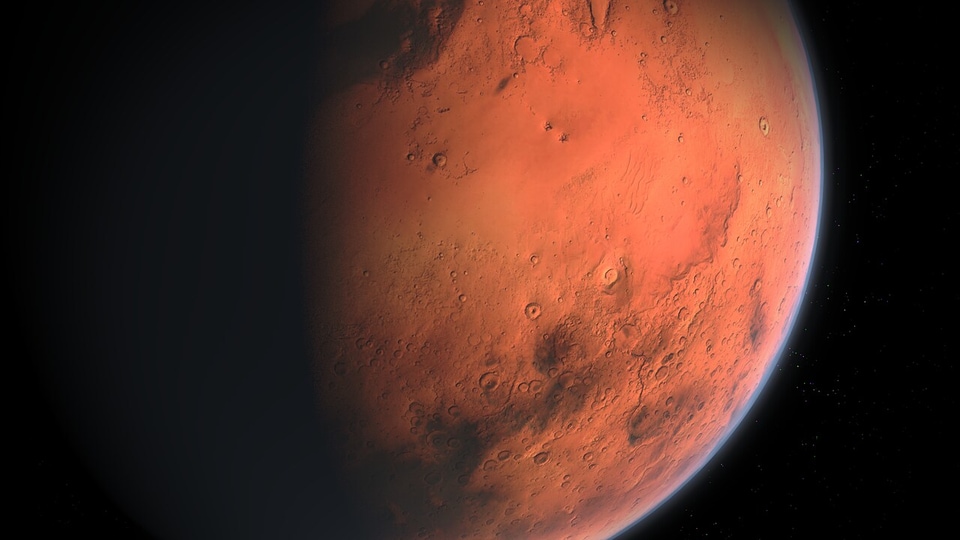
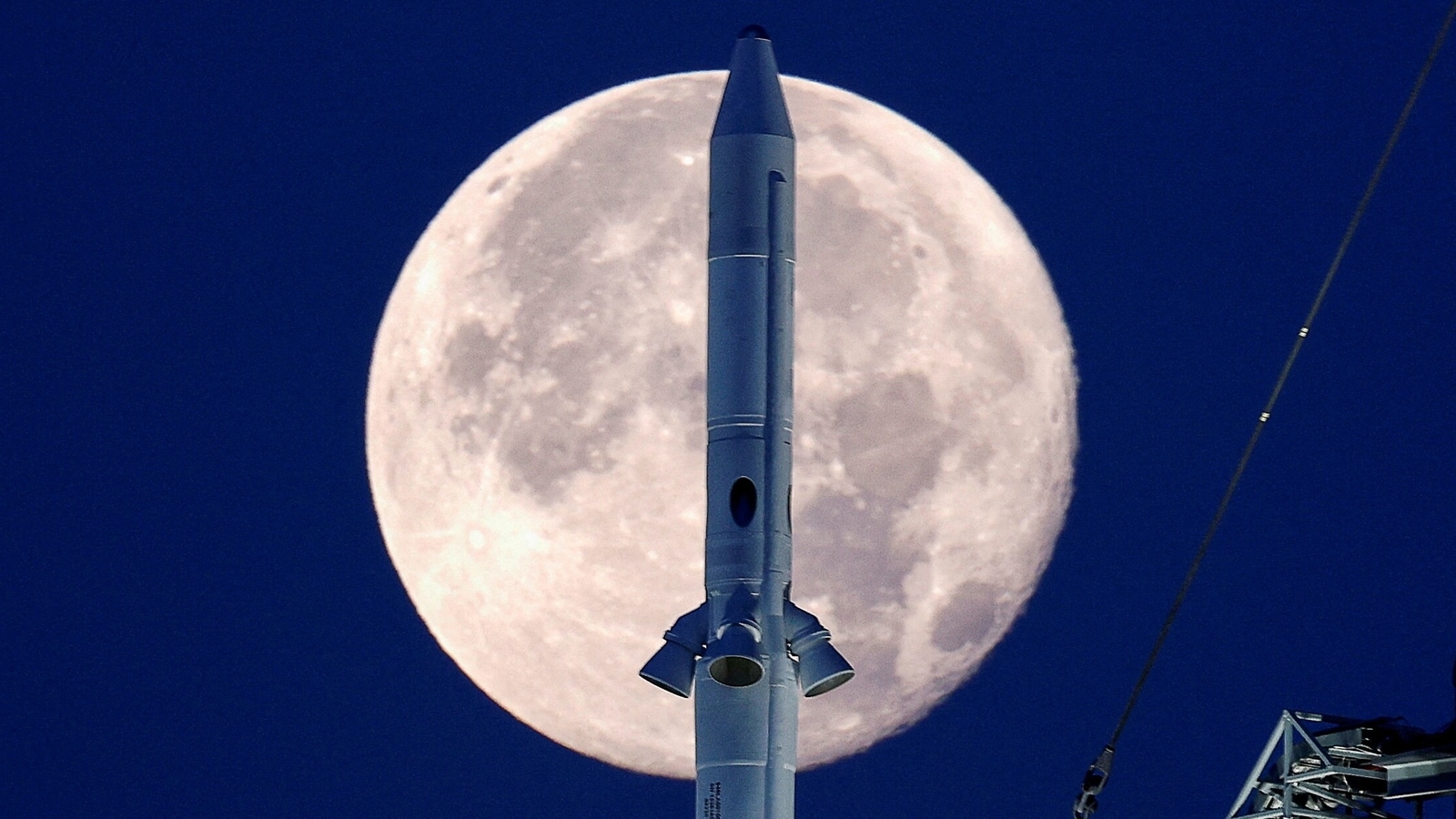
 View all Images
View all ImagesNASA has changed the schedule for its Artemis 1 Mission and is now planning to launch the Moon rocket days earlier than what the agency had originally planned. The agency had been planning to roll out the Artemis 1 Space Launch System (SLS) rocket to the Kennedy Space Center on August 18 but will now carry out the same on the evening of August 16. The Artemis 1 launch is scheduled for August 29.
NASA wrote in a tweet, "@NASA is targeting as soon as 9 pm EDT of Tuesday, Aug. 16 for rollout of @NASA_SLS ahead of a targeted Aug. 29 #Artemis I launch.”
Although the Artemis SLS rocket and the Crawler will only have to travel 4 miles, the journey is expected to take up to 12 hours.
What is Artemis 1 Mission?
According to NASA, Artemis I will be the first uncrewed flight test of the Space Launch System rocket and the Orion spacecraft. When NASA launches the Artemis 1 mission using the Space Launcher System on August 29, the Orion spacecraft, although unmanned, will carry 3 manikins called Zohar, Helga and Campos to space as human stand-ins for various tests and studies. They will be retrofitted with a vast number of sensors to conduct tests regarding the spaceflight.
NASA says that Zohar and Helga will be fitted with radiation sensors to study the exposure and effect of radiation during the spaceflight, as part of the Matroshka AstroRad Radiation Experiment.
Manikins have long been used by NASA for conducting various safety tests during the implementation of new systems such as the Crew Module Uprighting Systems. They will also be retrofitted with vibration and acceleration sensors. The same manikins were previously used to test vibrations during the test phase of the Orion spacecraft. The purpose of these tests is to study and minimize the safety risks during the long space flights as well as preparation for the potential interstellar travel.
Catch all the Latest Tech News, Mobile News, Laptop News, Gaming news, Wearables News , How To News, also keep up with us on Whatsapp channel,Twitter, Facebook, Google News, and Instagram. For our latest videos, subscribe to our YouTube channel.





























